Chamaedorea radicalis
neanthe bella palm, hardy parlour palm
Chamaedorea radicalis, commonly known as the neanthe bella palm, is a species of palm native to Mexico and Guatemala. It’s a popular ornamental plant, especially as an indoor palm, due to its small size, attractive appearance, and ease of care.
It has long, slender stems with dark green, feathery foliage that adds a tropical feel. It’s easy to care for and requires minimal watering, making it an ideal choice for busy households. It is also known to be a great air purifier, helping to remove toxins from the air.
Want to be notified when this product is back in stock?
Plant Biography
Chamaedorea radicalis originates in the North Eastern parts of Mexico and Guatemala. It is one of the most cold tolerant of the Chamaedorea family, being able to survive temperatures as low as -7 degrees C, with minimal leaf damage.
The name of this plant comes from the Latin word “radicalis,” which means starting from the roots, in reference to the fact that the flowers stalks seem to shoot up from the base of the plant, near the roots.
The Chamaedorea palms played a significant role in Precolumbian and Maya cultures. They used the leaves to adorn caves that served as portals to the underworld and sites where rituals where performed.
Today, some species of Chamaedorea, called xate are an important crop in Central America, as their leaves are harvested in the wild and sold in the US for use in floral arrangements.
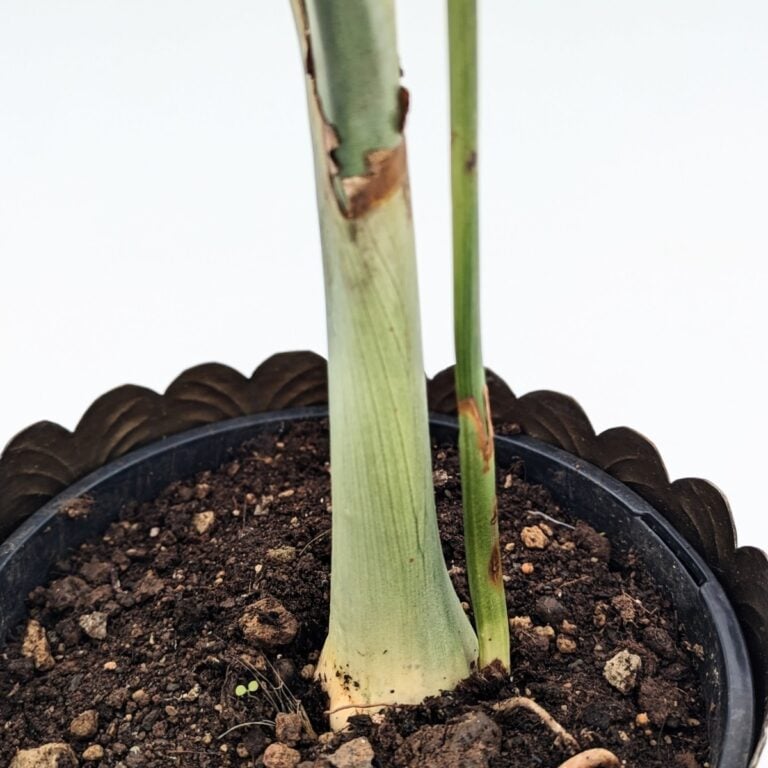

As a houseplant
Chamaedorea radicalis is a slow-growing plant, which means it takes several years to reach its full height. Its slow growth rate contributes to its compact size, making it suitable for small spaces.
The neanthe bella palm prefers bright, indirect light but can tolerate lower light conditions. In an average UK home, where natural sunlight might be limited, it’s best to place the plant in a location where it can receive bright, filtered light. Avoid direct sunlight, especially during the afternoon, as it can scorch the leaves. Placing the plant near a north-facing window or a few feet away from an east- or west-facing window can provide the right amount of light. If you’re keeping the plant in a room with limited natural light, you might consider using artificial lights, such as fluorescent or LED grow lights, to supplement the light requirements.
Feed occasionally with a balanced fertiliser and repot when showing obvious signs of being pot bound. It’s important to keep an eye out for pests such as spider mites, which can infest indoor palms.
Expert Tip

As a garden palm
Chamaedorea radicalis, along with few other members of this genus (C.microspadix and C.seifrizii), is one of the hardiest subtropical palms. It can be planted outdoors in the garden in a sheltered area, ideally in part shaded spot, that mimics its natural environment where it grows in the understory of forests.
It grows well both in the ground and in pots. Feed in spring and summer with palm tree fertiliser to encourage lush, green foliage.
In winter it is recommended to protect the hardy parlour palm with a fleece to prevent frost from forming on its leaves. When in a pot, it can be brought indoors or kept in an unheated conservatory during the coldest period of the winter.
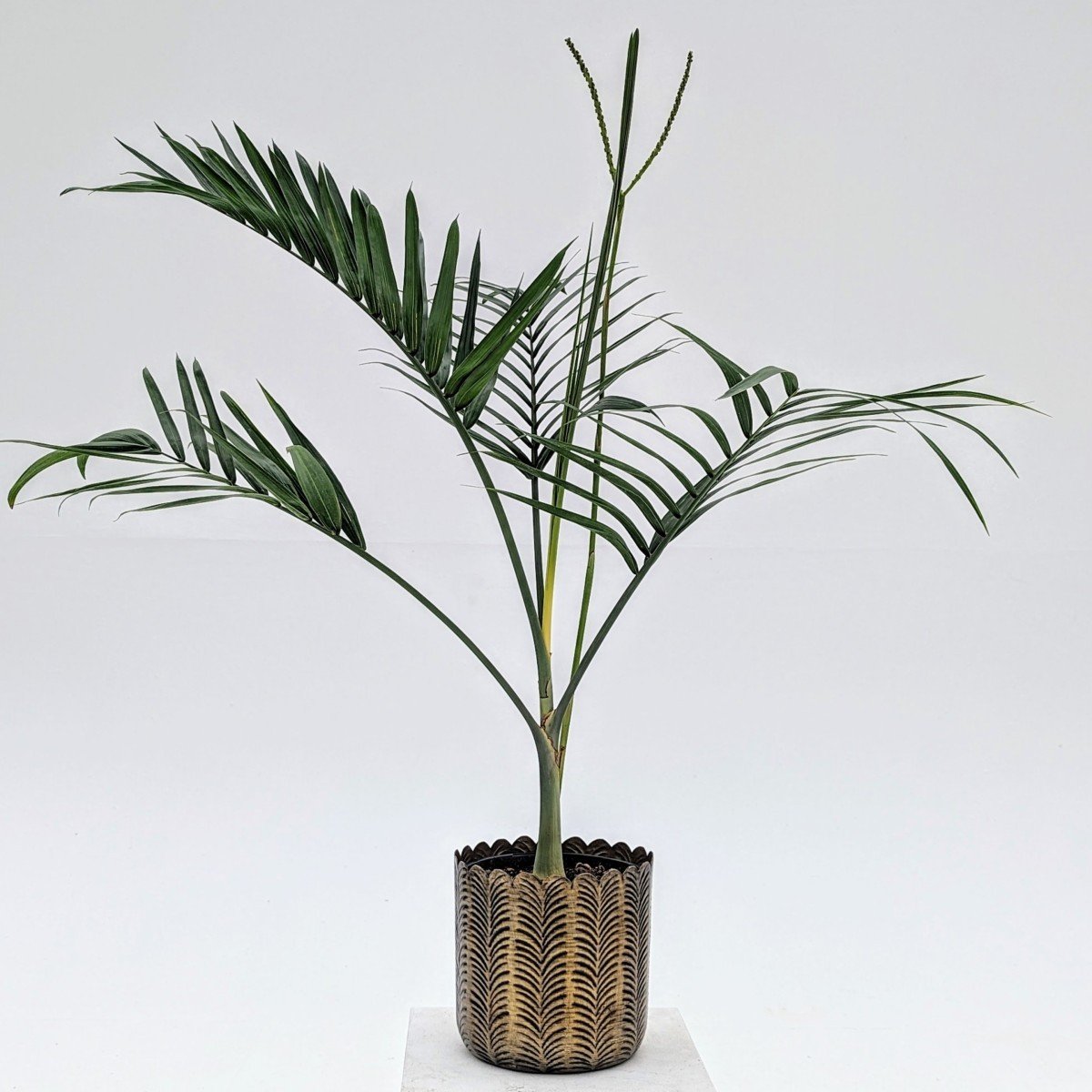
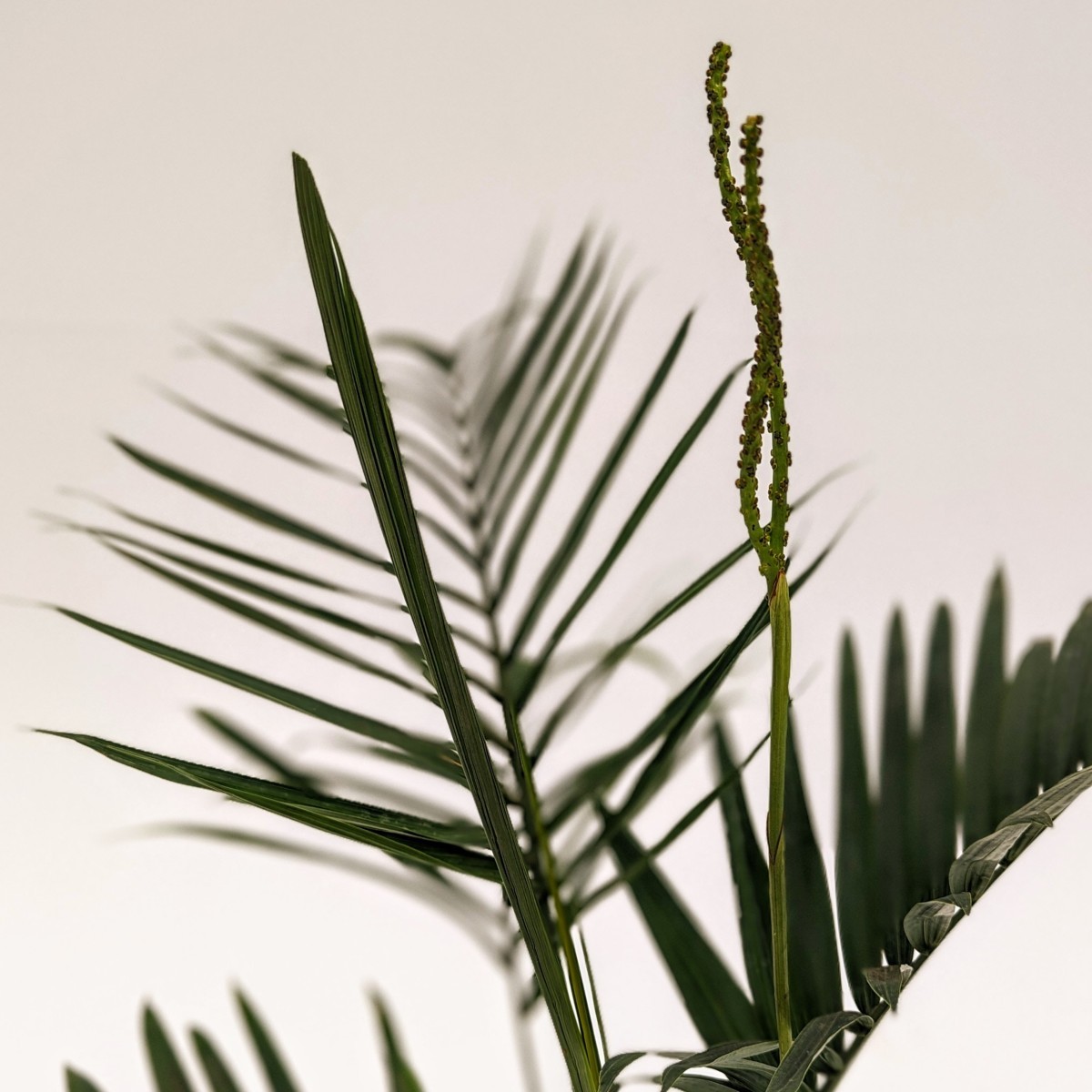

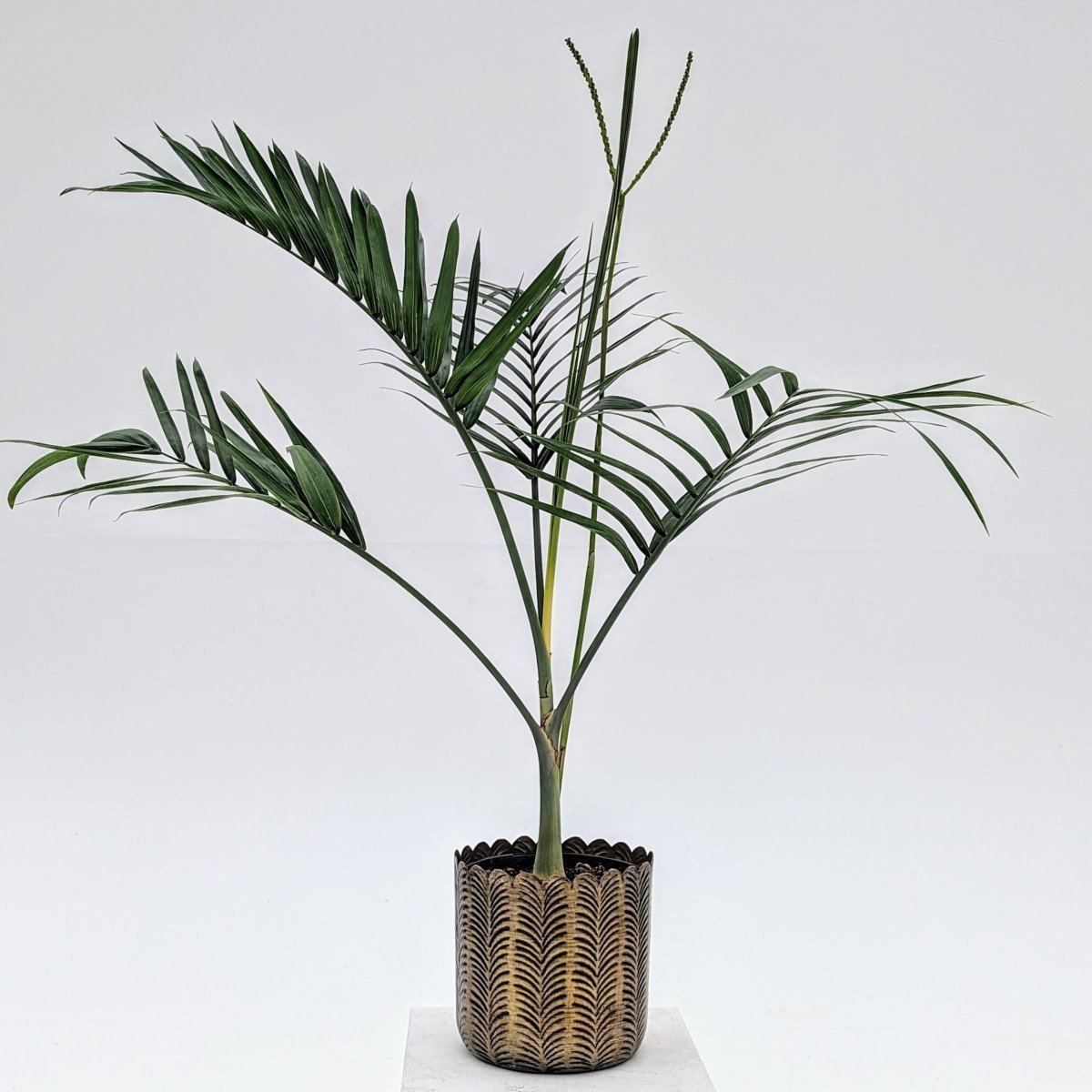
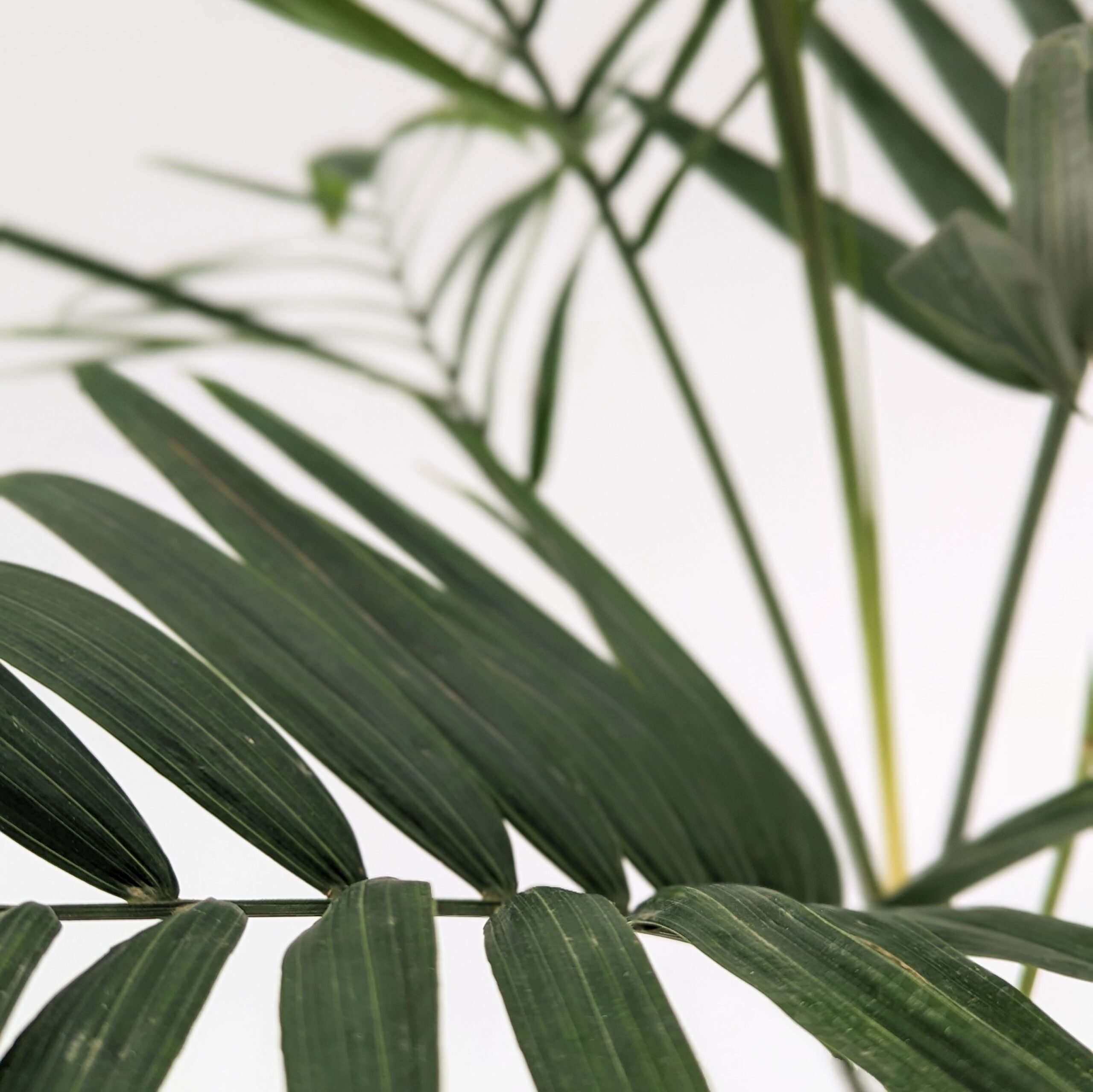
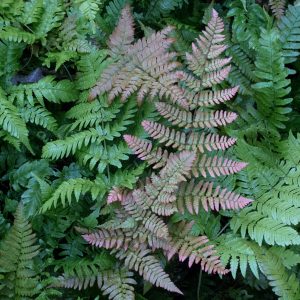

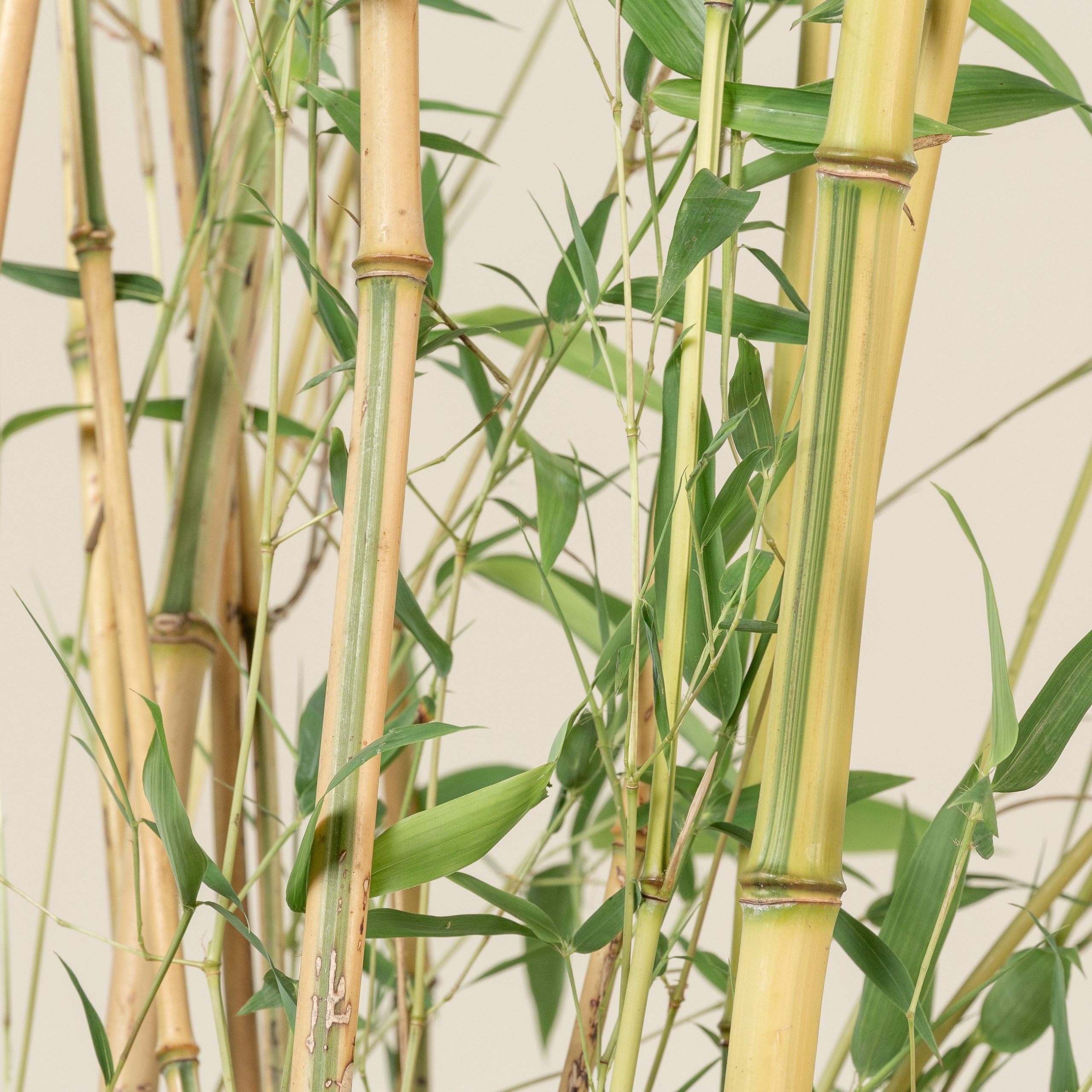
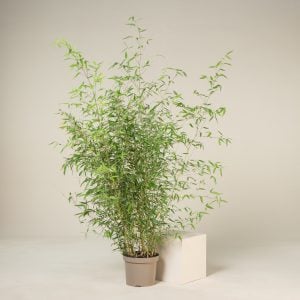
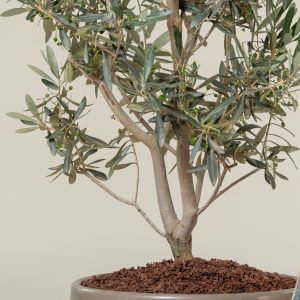
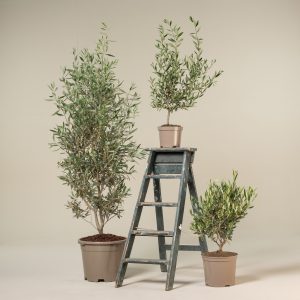
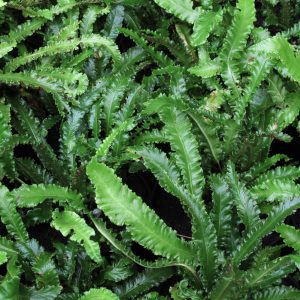

Reviews
There are no reviews yet.